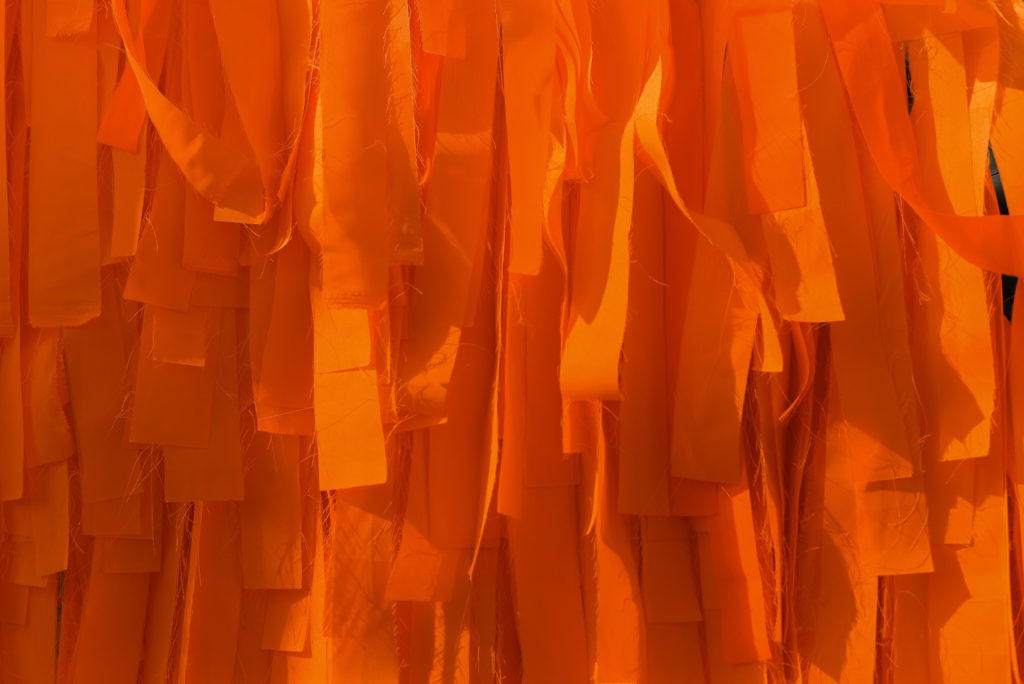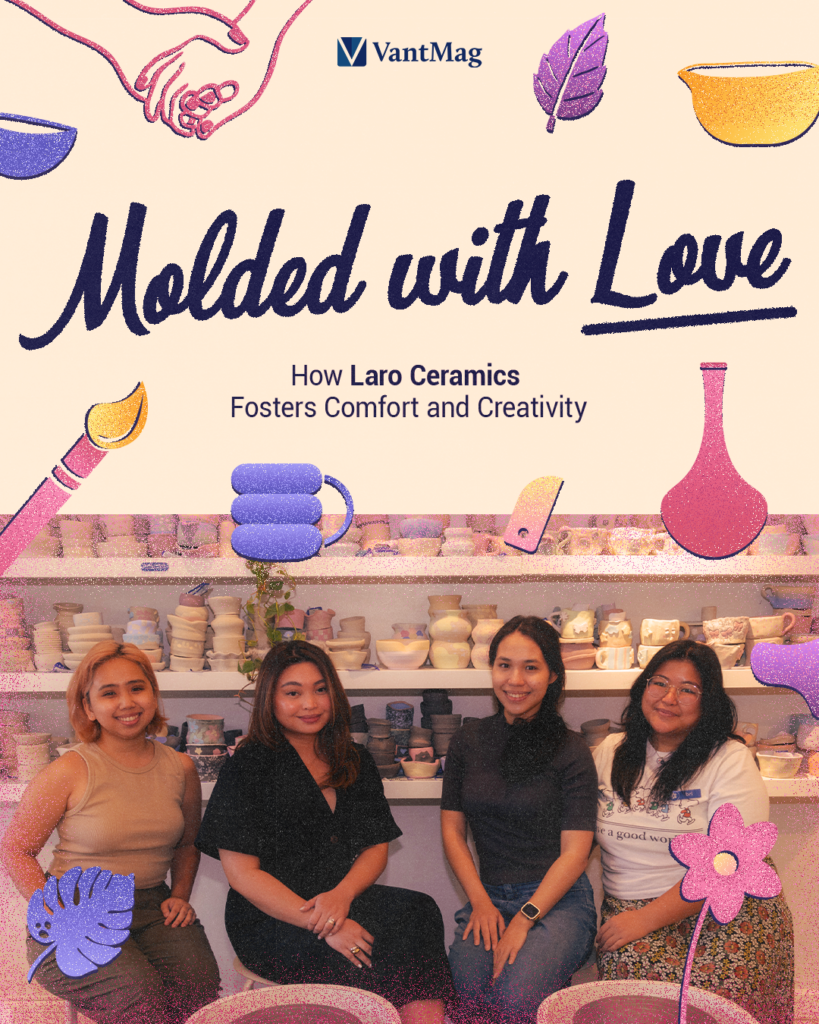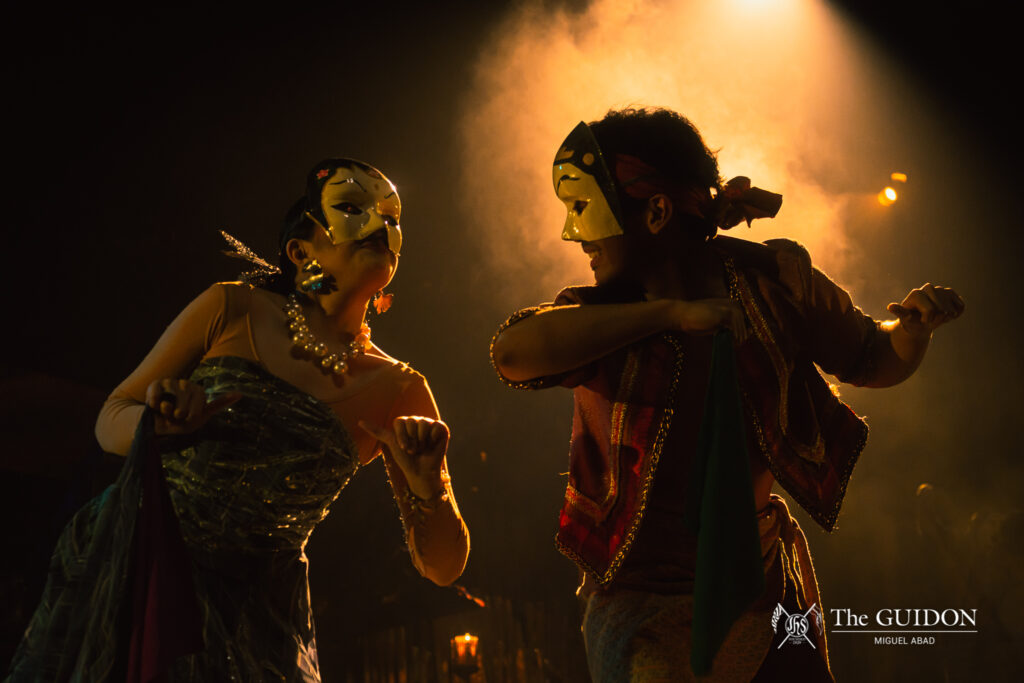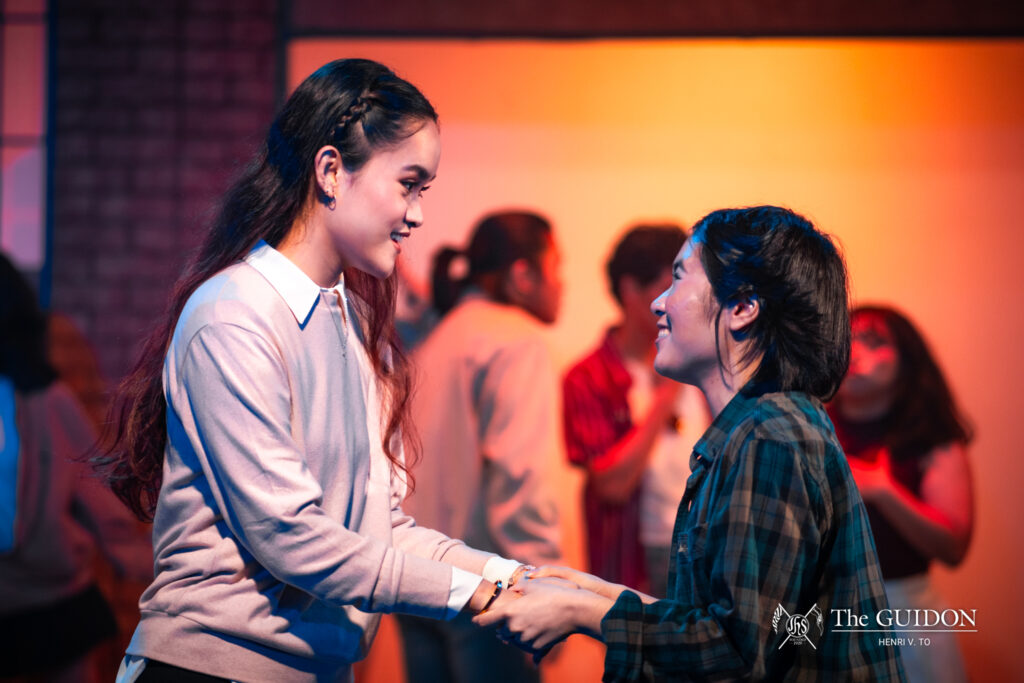INSTALLATION ART has always been difficult to pin down. This is, in part, due to its ephemeral nature—its impermanence. The medium hinges on the experience of a viewer within a particular time and space, often creating unique circumstances that only belonged to those who came.
In 2o19, the Areté Amphitheater was transformed into a site for the installation projects of selected contemporary artists through the Ignacio B Gimenez Outdoor Installation Grant Program. Under the management of the Ateneo Art Gallery (AAG), the amphitheater is now hosting its third installation. Despite working within the parameters of the same site—the Ateneo campus—each installation tells a story of a particular Ateneo in time and the memories made within it.
Their evanescence and construction highlights the campus’ changing nature in this time of separation, asking: What exactly is this Ateneo we call home?
Memories of the natural environment
The first installation under the aforementioned grant program was Christina Quisumbing Ramilo and Wawi Navarroza’s Everywhere, There You Are, which resembled a constellation of fishing nets with thousands of neon orange fabric strips. As the brightest thing on campus at the time, it stole the attention of students who intentionally came or just happened to pass by.
Speaking about her encounter, Riki Angeles (4 AB COM) referred to it as a “wall of fire.” It was a visually challenging installation—both in scale and color—yet drew attention to something larger and wayward: The natural environment.
The two dominant media, fishing nets and fabric strips, can’t help but respond to the natural occurrences that pass the amphitheater. At the slightest gust of wind, each fabric strip lifted, turned, and tangled up with one another. Since the fabric strips were tied to intersections of the fishing net, a stronger wind would send the entire structure into motion and usher in a dance of individual and collective response. The installation’s responses to natural phenomena highlighted the most beautiful environmental aspects of the campus that many Ateneans cherished.
In installation art’s early stages—when the art world was still attempting to grasp what it was as a medium—it was also identified as “environments” by Allan Kaprow when he was naming his large-scale multimedia works that filled up a room. Visitors understood the atmospheric change that came with entering one of these spaces as it ultimately affected their perception and movement.
In a similar fashion, the Ateneo campus’ natural environment affects the decisions students make within it. Andrea Isaac (3 AB AM) fondly recalls how cool the mornings could be and how hot the afternoons were. Alfonso Navarro (2 AB COM) particularly recalls the campus’ distinct warmth the entire day; these memories root from his senior high school experience at the Ateneo where he was required to wear a uniform. Angeles praises the campus’ coolness thanks to all of the trees.

At first glance, the fabric strips of Everywhere, There You Are seemed identical. Closer inspection reveals that is not the case: No two were the same, for they were cut and tied by hand. The uniformity of the installation as a result of its composition and color was built on the uniqueness of each strip, not their sameness, echoing the composition of the Ateneo community.
Similarly, displaced from their site due to the pandemic, many Ateneans would share Facebook posts of old and new pictures of the campus while expressing messages of longing. It is tempting to think that becoming a “true” Atenean requires this experience. On the contrary, regardless of one’s time on campus, to be an Atenean is to hold a profound love for a place that happily makes room for trees, birds, heat, and rain.
Memories of the built environment
Nostalgia is a common theme of comfort among people as a unique form of adoration for how things once were. Inscapes: A Retrospective by the sculptor Agnes Arellano was also a memoir of times gone by—a portrayal of life stories through cold-cast marble, plaster, and volcanic cinder. Showcasing different works from the years 1983 to 1996, Arellano built a story outdoors that gave an insider’s perspective into her life’s work.
There were twisted shapes, intricate curves, and dainty flowers that coalesced into a singular totality—which Arellano refers to as an inscape. In this, the intricacies of her imaginative practice manifested through the sculptures, leading viewers to notice the little things in an exhibition saturated with detail.
“When I think of Ateneo as home, I think of the high school campus,” said Navarro. “The whole atmosphere feels really different. I always remember the good and bad memories I made during those years, and I visualize these memories in the area’s hallways, rooms, and cafeterias.”
It is easy to accept that fixed spaces such as buildings allow for the production of our impermanent memories, but it is difficult to grasp that these same spaces are transient as well precisely because of what they allow us to create—to live through. Arellano’s retrospective probes this, asking its viewers to reflect on fixity. It is an exercise in introspection and a reflection of the role memories play in shaping our perspective of built spaces regardless of physical beauty.
For Angeles, the MVP building was not the most beautiful place, but it was her favorite because of the people, laughs, and tears she had there. Isaac, on the other hand, preferred the cool air and silence of the Rizal Libraries which allowed her to relax and work efficiently.
A sea of stone surrounded each piece, shifting and rumbling as viewers walked. This scenario became an interaction of subject, object, and space that shapes the memories of its viewers. Navarro let us in on a personal insight that supports this: “The memories of freshly cut grass every morning to the small gushes of wind that hit my face in the afternoon never fail to make me smile.”
New spaces for new memories
The current exhibition in the Areté Amphitheater celebrates life as it is and what it can be. Leeroy New’s Mebuyan’s Colony was erected on the amphitheater grounds in February and is set to stay there for a year. The installation was built using tall bamboo stilts and references Mebuyan—the goddess of death and fertility in Philippine mythology. New envisions the installation as a symbol of the present and past coming together in the name of transformation.
For many students in LS, transformation is a process that is yet to occur, especially because of the pandemic. Navarro shared the feeling of wanting to experience college in a face-to-face setting which he feels is something that will be different from the years he already spent on campus.
“Even if I’ve been here for years, I still feel lacking in the ‘Ateneo experience’ that my alumni friends would always talk about,” Navarro said. “I really don’t know what’s to come in the next few months, but I’m optimistic.”
Nonetheless, coming to the Ateneo campus presents opportunities for new experiences for everyone, whether they have been on campus as a student or not. “I feel like productivity was never the issue with online school; it was the sense of community,” Angeles shared. “That’s what onsite school can bring us back: the feeling that you’re not alone.”
One may question the decision to continue erecting installations at the Areté Amphitheater despite our present circumstance of separation. However, the difficulty of these circumstances is exactly why they continue to be built. Online school has produced the image of a fixed Ateneo inscribed in memory that is only accessible to those who have experienced it. The installations, by virtue of their ephemerality, establishes the Ateneo as a place in flux—capable of storing the memories made and memories to be made.
After Mebuyan’s Colony, another installation will be erected in its place for all the past, present, and future Ateneans to see the Ateneo campus as a constantly evolving landscape of memories.






